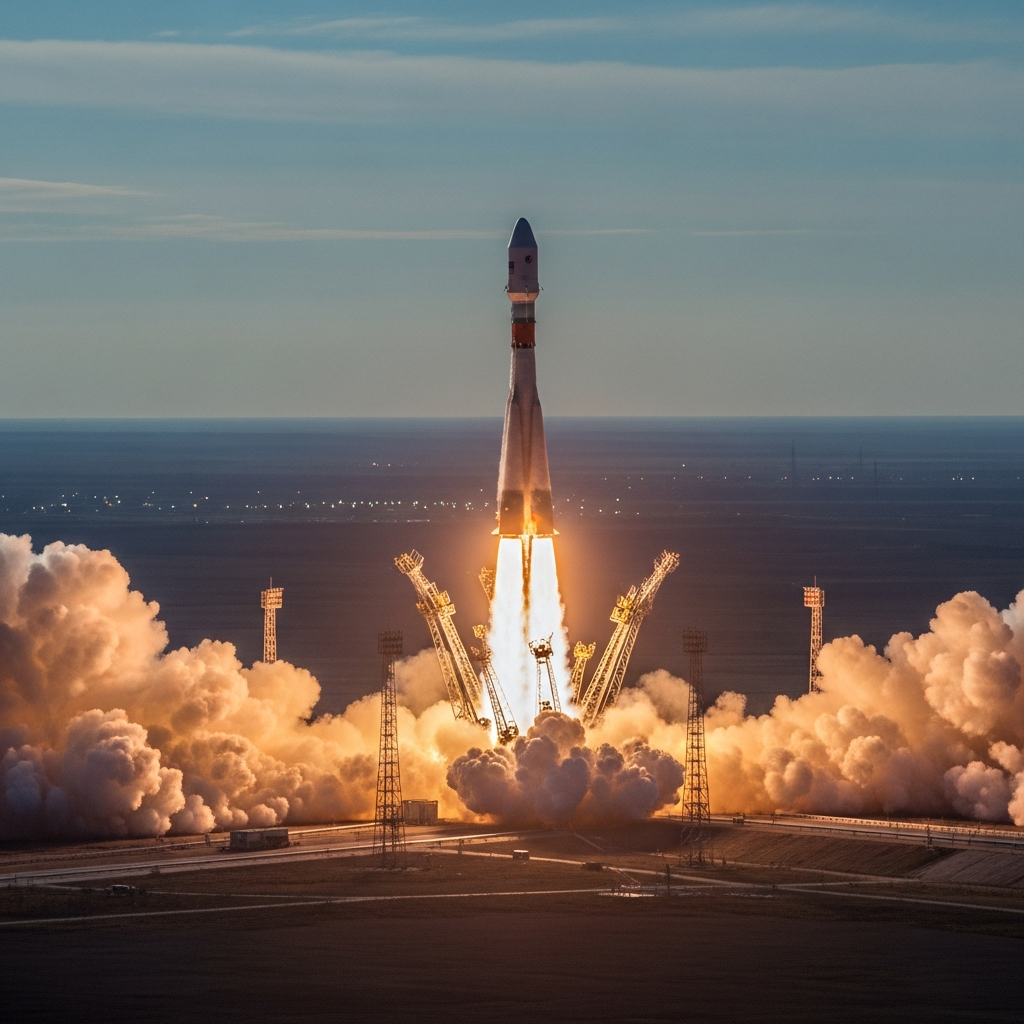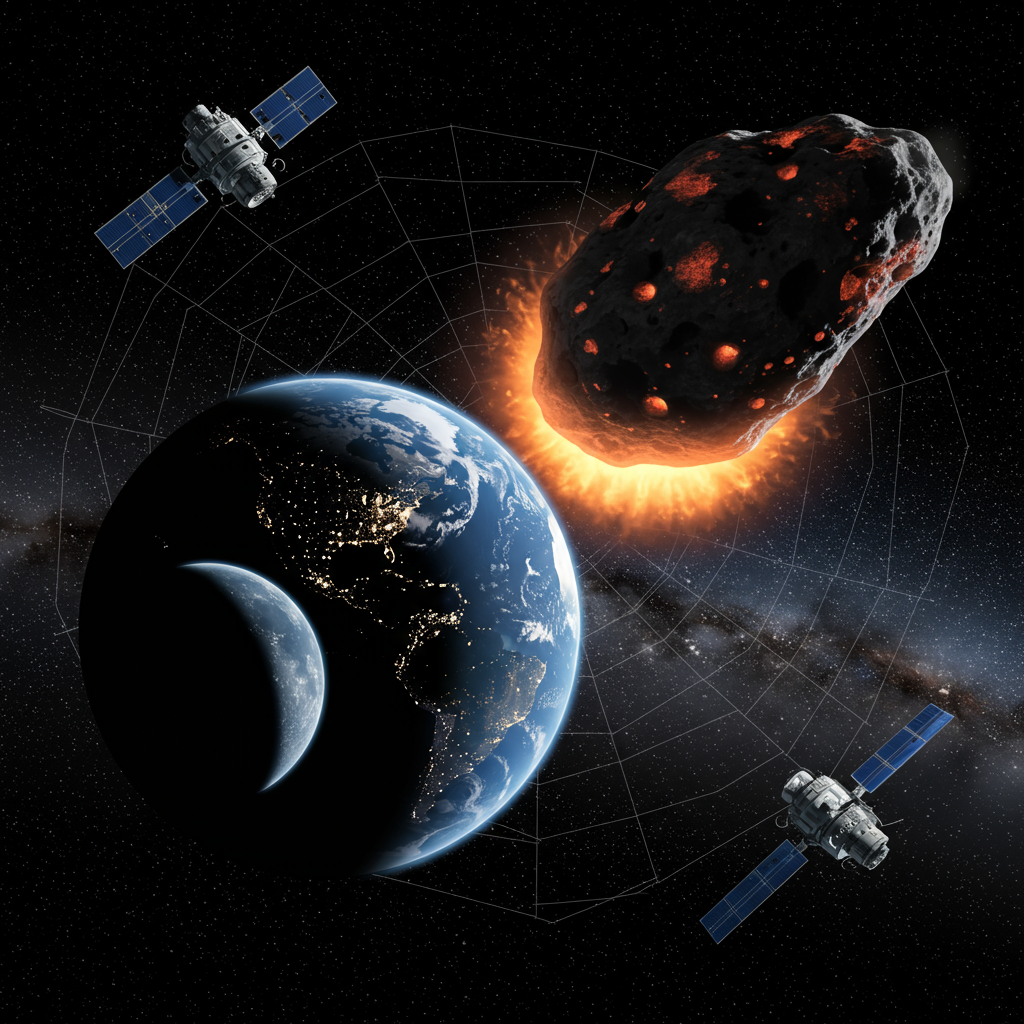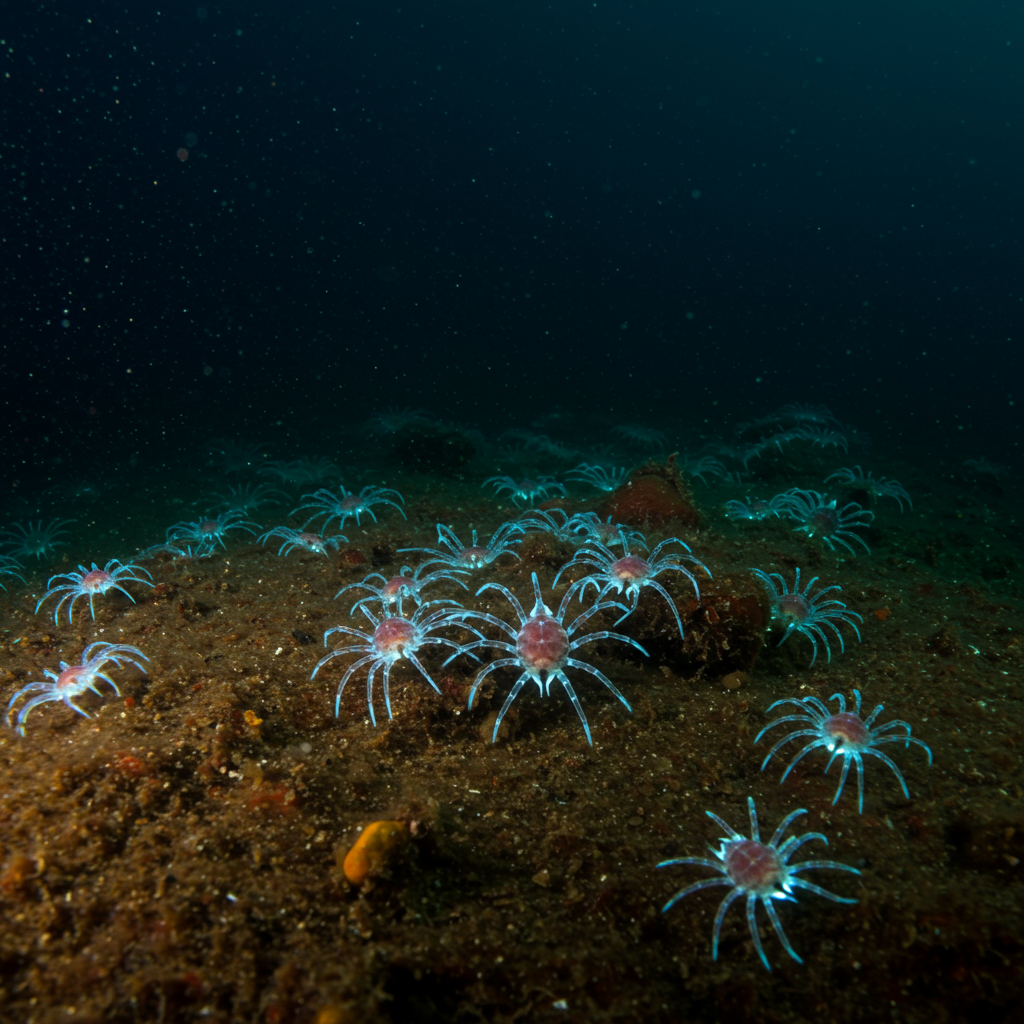The moon’s surface now holds a new marker: the impact site of a Japanese private lunar lander. NASA’s powerful Lunar Reconnaissance Orbiter (LRO) has successfully captured images revealing the “grave” of ispace’s Resilience spacecraft (Hakuto-R Mission 2), which tragically crashed during its landing attempt on June 5, 2025.
The high-resolution images from LRO offer a stark visual confirmation of the mission’s unsuccessful conclusion and provide valuable data for understanding what went wrong.
Spotting the Impact Scar in Mare Frigoris
The targeted landing area for the Resilience lander was the vast volcanic plain known as Mare Frigoris, or the “Sea of Cold,” located on the moon’s near side. This ancient region, formed over 3.5 billion years ago by massive basalt flows, is characterized by large-scale faults called wrinkle ridges, caused by the immense weight of the solidified lava buckling the crust.
It was within this historically significant landscape that the LRO camera spotted the signs of the impact. According to lunar scientist Mark Robinson, the principal investigator for the LRO Camera, the images show two distinct features:
A dark smudge: This marks the central point of impact where the lander excavated and scattered shallow lunar soil, known as regolith.
A subtle bright halo: Surrounding the dark smudge, this faint ring is believed to be caused by regolith particles scouring the delicate surface at a low angle as the lander hit the ground.
While the precise landing location indicated by ispace was given with a single decimal place, the crash site was determined to be approximately 1.5 miles (2.4 kilometers) away from that target. On the moon, a single decimal place in latitude and longitude corresponds to a distance of roughly 19 miles (30 kilometers), putting the actual impact site relatively close to the intended zone within that level of precision.
The Unsuccessful Hakuto-R Mission 2
The Resilience lander was part of ispace’s Hakuto-R Mission 2, named with “R” for “reboot” after their previous lunar landing failure. Launched on January 15, 2025, the lander took a long, energy-efficient trajectory to the moon, finally arriving in lunar orbit on May 6 and maneuvering into a circular orbit about 62 miles (100 kilometers) above the surface. Before its landing attempt, the lander even sent back a brilliant photo of Earth from orbit.
The mission had ambitious goals, aiming to become one of the first private companies to achieve a soft lunar landing. It carried five non-NASA payloads, including:
The Tenacious microrover, developed by ispace’s European subsidiary, intended to test surface mobility and sampling technology.
An art piece called the “Moonhouse,” a replica of a traditional Swedish house, mounted on the Tenacious rover’s bumper.
Experiments related to water electrolysis, algae-based food production, and deep space radiation monitoring.
A commemorative plate inspired by the “Gundam” series.
However, the mission came to an abrupt end on June 5, 2025. Communications were lost just before the scheduled touchdown time. Hours later, ispace confirmed the spacecraft had suffered a “hard landing.” Preliminary data suggests the failure may have been caused by a delay in the lander’s laser rangefinder data, preventing it from decelerating sufficiently for a soft landing. As a result, none of the payloads could be deployed or operated on the lunar surface.
A Second Setback for ispace
This is not the first time ispace has faced disappointment at the moon. Hakuto-R Mission 1 in April 2023 also ended in failure, crashing after its altitude sensor was reportedly confused by the rim of a lunar crater. The loss of Resilience marks the company’s second consecutive unsuccessful attempt to land on the moon in just over two years.
Despite these significant setbacks, ispace leadership has expressed a commitment to learning from the failures. They plan to proceed with future missions, including Hakuto-R Mission 3 and 4 in 2027, which will utilize a larger lander design.
The images from NASA’s LRO are crucial for post-mission analysis, helping engineers and scientists understand the dynamics of the final moments of the Resilience mission and informing the design and execution of future lunar landing endeavors, both private and governmental.




